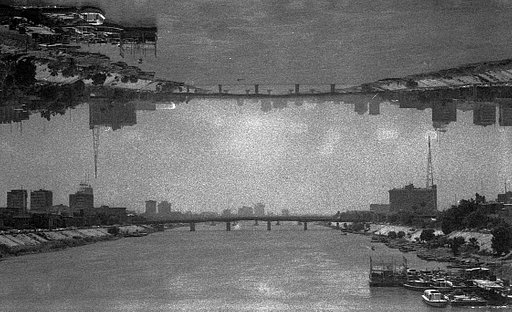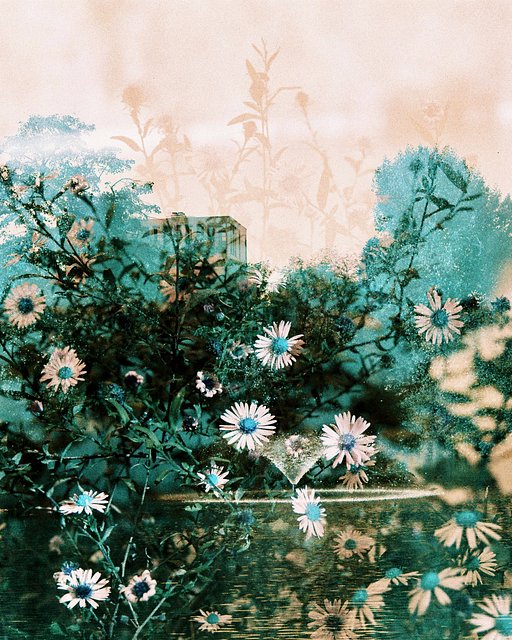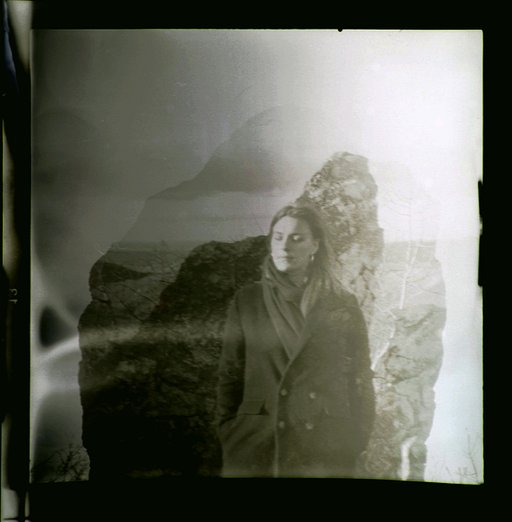Developing Film at Home: An Illustrated Guide by Matt Diamond
5 14 Share TweetDigital photos, I have thousands of them. There was a time when I had a nice Canon DSLR with an assortment of lens. What a pain in the ass that time was.
I did a photo trip to Vietnam with a Lopro backpack especially designed to carry all the photography gear that I’d accumulated because of impulse buying and having a strong feeling that I needed them. The backpack held little else but my gear and a spare set of clothes. I managed the trip without getting too smelly and I came back with a million of photos of the same thing. Time to put them on my computer and edit… nope. All the joy was gone.
I decided this wasn’t for me. I sold all my gear and brought a small Canon Poweshot G12, a great little camera during its heyday. Having less gear meant that I could take the camera to more places and I ended up getting better photos. But the camera soon got old and died a painful death due mishandling and its technology becoming obsolete. I went on using just the camera on my phone for some years.
Then came film. I was given a plastic film camera but after developing the pictures and seeing how unique they were, my trip down the film photography rabbit hole began.
I brought more cameras, keeping them small with single lens (I swore I would never fill a backpack with photography gear again!) and started taking photos on my travels.
Developing and scanning was the only chore and these were something that I had to constantly pay for. Although plenty of people say that overall film is cheaper than digital, it felt expensive to me and it was something that I wanted to control myself. I decided to dive in and learn all I could about this art form that seems forgotten.
How to develop film at home
What you need to develop black and white film:
- Chemicals (Developer – Stopper – Fixer)
- Three bottles to mix the chemicals into (1.5L Coke bottles will be fine.)
- Developing tank
- A dark room or light-proof bag
- Film Developer Pro app (This app gives you developing times for different temperatures, films, and chemicals.)
- Bottle opener
- Thermometer
- Scissors
- Running water

Procedure
The process is simple: Get the film roll inside a developing tank without exposing it to light. Then, run three chemicals in the tank and removed your developed negatives.
Putting the film roll in the developing tank
Before you test on a film roll full of your precious photos, sacrifice an old one first to figure out how to open the canister and load the negative into the developing spools. Only one side of the canister will come off (the side without the knob) and it can easily be removed with a bottle opener.

When the film canister is open, remove the negative (no need to unroll it) and cut the leader off so it has a square edge. It is important to cut straight between the sprockets holes. If your cut is a little off or if passes through a hole, the negative will not roll into the film spool. Simply remove and try again. This step needs to be done in complete darkness so practice it for a few times with an old roll first.

Tips:
- Practice putting the film roll on the spool with your with your eyes closed, imitating a dark room.
- Keeping your thumbs on the film entry point knobs (circled in the illustration above) will help you know where you are.
- If the negative isn’t cut square with scissors, it won’t be pulled into the spool so just cut it again. Keep your cuts small so you have many chances at getting it right.
Now, try these tips with your real rolls in a darkroom. To test if a room is dark enough, stay inside for two minutes and look around. If you can see things, it’s too bright. I transformed my bathroom into a darkroom by using boards to close all windows and gaps. When your film negative is already in the developing tank and the lid is sealed, you can turn the lights on. No light will get in the tank anymore.
Preparing the chemicals
The instructions for preparing the chemicals are on their packaging. Mix them with clean water and store them in light-proof containers or in Coke bottles which should be stored in dim areas (under your sink is a good place!) when you’re done.
Label the chemicals with numbers 1, 2, and 3 for easier reference: 1 for the developer, 2 for the stop bath, and 3 for the fixer. This is the order that we will be putting them into the tank.

It’s recommended that you should get all chemicals to 21 degrees prior to pouring them into the tank. You can do this by putting the bottles in a basin of hot water if their temperature is below 21 degrees or in buckets of ice if they are hotter. Alternately, you can check the temperature of the chemicals with your thermometer. Then, just enter a new chemical temperature on the Film Developer Pro app and it will recalculate the developing time for you. Easy.

Developing
Take off the cap of the developing tank and fill the tank with water. Give the tank a few knocks and agitate it (Turn to a 45 degree angle, turn it while moving to the opposite 45. Basically, turn it slowly while flipping it). The goal is to make sure our film roll inside the tank is entirely wet and there are no bubbles hiding anywhere.
Next, pour out the water and get your developer and pour it into the tank. Start your timer and go! After every minute, agitate the tank gently for 10 seconds to keep the chemicals active.

Once the developing timer has run out, put your developer back into its container. Then, fill the developing tank with water, agitate, and pour the water out.
Fill the tank with the stop bath and agitate it for around 40 seconds. Put the chemical back into its container.
Wash the tank out again with running water. Remove the water first before adding the fixer. Agitate every minute for 5 seconds for about 5 minutes.
After this is all done fill the tank with water. Make sure to wash out all the chemicals.
Open the tank, unwind your developed negatives, and hang them up to dry. You can wipe them with a soft sponge or just run your fingers down on each side to get rid of excess water. At this stage, the film negative is still soft so be careful not to scratch it. Congratulations your film roll is now developed!

Notes
- All chemicals can be reused multiple times.
- With practice, the whole process takes about 10-15 minutes.
- Developing tanks can be found cheaply on Ebay or Amazon.
- The chemical can be bought online.
- The process may seem daunting at first but it’s really not. It can be quick, fun and is really satisfying!
Matt Diamond is a traveler of ten years and counting. He is the creator of cantstopliving.life a website filled with advice for free-thinking creatives on living a life of adventure, philosophy, creativity, and balance.
This article was originally published on cantstopliving.life. All illustrations and information included in this article were provided by Matt Diamond and used here with permission. To learn more about Matt Diamond, visit cantstopliving.life or follow him on Facebook.
written by Matt Diamond on 2016-08-24 #tutorials #black-and-white #film-developing #black-and-white-developing
















5 Comments